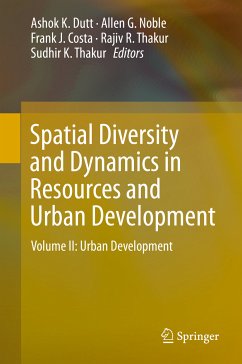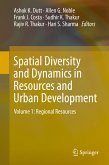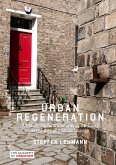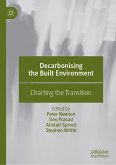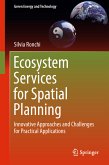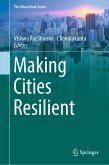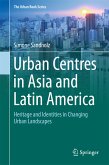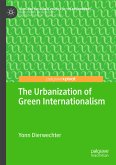International authors explore numerous experiences, characteristics of development and decision-making influences from across Asia and Southeast Asia, as well as recounting examples from America and Africa. Papers propound techniques and methods used in geographical research such as support vector machines, socio-economic correlates and travel behaviour analysis.
In this volume the contributors examine cutting-edge theories explaining diversity and dynamics in urban development. Topics covered include human vulnerability to hazards, space and urban problematic, assessment and evaluation of regional urban systems and structures and urban transformations as a result of structural change, economic development and underdevelopment. The significance of these topics lie in the pace and volume of change as is happening in geography reflecting continued development within established fields of inquiry and the introduction of significantly new approaches during the last decade.
Readers are invited to consider the dynamics of spatial expansion of urban areas and economic development, and to explore conceptual d
iscussion of the innovations in and challenges on urbanization processes, urban spaces themselves and both resource management and environmental management.
Together, the two volumes contribute to the interdisciplinary literature on regional resources and urban development by collating recent research with geography at its core. Scholars of urban geography, human geography, urbanism and sustainable development will be particularly interested in this book.
Dieser Download kann aus rechtlichen Gründen nur mit Rechnungsadresse in A, B, BG, CY, CZ, D, DK, EW, E, FIN, F, GR, HR, H, IRL, I, LT, L, LR, M, NL, PL, P, R, S, SLO, SK ausgeliefert werden.
Hinweis: Dieser Artikel kann nur an eine deutsche Lieferadresse ausgeliefert werden.

